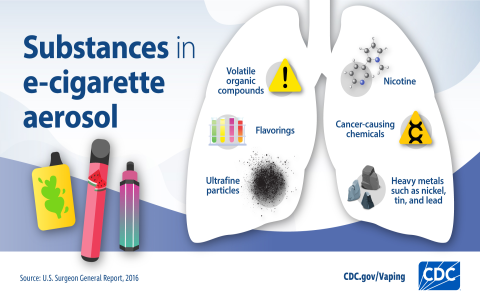Nicotine replacement therapies (NRTs) like patches, gum, and lozenges work by delivering controlled doses of nicotine to alleviate withdrawal symptoms (such as irritability, cravings, and difficulty concentrating) without the harmful toxins found in tobacco smoke. They help users gradually reduce nicotine dependence.
Electronic Cigarettes (E-Cigarettes)
E-cigarettes function differently:

- Nicotine Delivery: An e-cigarette heats a liquid (e-liquid) containing nicotine, propylene glycol, vegetable glycerin, and flavorings, creating an aerosol (vapor) the user inhales.
- Behavioral Replacement: They mimic the hand-to-mouth action and sensory experience of smoking cigarettes, addressing behavioral aspects of the addiction.
- Reduced Harm Exposure: While not risk-free, e-cigarettes eliminate combustion, significantly reducing exposure to the vast majority of harmful toxicants found in cigarette smoke (e.g., tar, carbon monoxide, many carcinogens).
Effectiveness for Smoking Cessation
- Pharmacological Action: Both NRTs and e-cigarettes deliver nicotine, reducing withdrawal severity.
- Behavioral Support: E-cigarettes specifically address the behavioral and social rituals associated with smoking.
- Evidence: Clinical trials indicate e-cigarettes, particularly newer “tank” models delivering more nicotine effectively, can be more effective than traditional NRTs (like patches or gum) and even more effective than no aid or behavioral support alone, when used exclusively for quitting. However, complete abstinence requires consistent use and a strong quit plan.
Important Considerations
- Goal is Quitting Nicotine: These aids are most effective when part of a plan to ultimately become nicotine-free, not to continue dual use (smoking and vaping).
- Regulation & Safety: E-cigarette regulation varies; ingredient quality and nicotine content can differ. Long-term health effects are still under investigation.
- Dependency Risk: There is a risk of transferring addiction to e-cigarettes, especially with prolonged use.
- Behavioral Support: Combining aids with counseling or support programs significantly increases success rates compared to using aids alone.
In summary, smoking aids work by providing safer nicotine delivery and/or replacing smoking behaviors to manage withdrawal and cravings, facilitating the transition away from combustible cigarettes.










